1. Cui S, Chesson C, Hope R. Genetic variation within and between strains of outbred Swiss mice. Lab Anim. 1993; 27(2):116–123. PMID:
8501892.

2. Lehoczky JA, Cai WW, Douglas JA, Moran JL, Beier DR, Innis JW. Description and genetic mapping of Polypodia: an X-linked dominant mouse mutant with ectopic caudal limbs and other malformations. Mamm Genome. 2006; 17(9):903–913. PMID:
16964440.

3. Al-Awar A, Kupai K, Veszelka M, Szûcs G, Attieh Z, Murlasits Z, Török S, Pósa A, Varga C. Experimental Diabetes Mellitus in Different Animal Models. J Diabetes Res. 2016; 2016:9051426. PMID:
27595114.

4. Richardson CA, Flecknell PA. Anaesthesia and post-operative analgesia following experimental surgery in laboratory rodents: are we making progress? Altern Lab Anim. 2005; 33(2):119–127. PMID:
16180987.

5. Naguib M, Gottumukkala V, Goldstein PA. Melatonin and anesthesia: a clinical perspective. J Pineal Res. 2007; 42(1):12–21. PMID:
17198534.

6. Meyer RE, Fish RE. A review of tribromoethanol anesthesia for production of genetically engineered mice and rats. Lab Anim (NY). 2005; 34(10):47–52. PMID:
16261153.

7. Hill WA, Tubbs JT, Carter CL, Czarra JA, Newkirk KM, Sparer TE, Rohrbach B, Egger CM. Repeated administration of tribromoethanol in C57BL/6NHsd mice. J Am Assoc Lab Anim Sci. 2013; 52(2):176–179. PMID:
23562101.
8. Papaioannou VE, Fox JG. Efficacy of tribromoethanol anesthesia in mice. Lab Anim Sci. 1993; 43(2):189–192. PMID:
8320967.
9. Lieggi CC, Artwohl JE, Leszczynski JK, Rodriguez NA, Fickbohm BL, Fortman JD. Efficacy and safety of stored and newly prepared tribromoethanol in ICR mice. Contemp Top Lab Anim Sci. 2005; 44(1):17–22.
10. Voipio HM, Nevalainen T, Virtanen R. Evaluation of anaesthetic potency of medetomidine-ketamine combination in mice. In : IXth ICLAS International Symposium on Laboratory Animal Science Proceedings; Bangkok. 1988. p. 298–299.
11. Mulder JB. Anesthesia in the mouse using a combination of ketamine and promazine. Lab Anim Sci. 1978; 28:70–71. PMID:
633840.
12. Arras M, Autenried P, Rettich A, Spaeni D, Rülicke T. Optimization of intraperitoneal injection anesthesia in mice: drugs, dosages, adverse effects, and anesthesia depth. Comp Med. 2001; 51(5):443–456. PMID:
11924805.
13. Wixson SK, White WJ, Hughes HC Jr, Lang CM, Marshall WK. The effects of pentobarbital, fentanyl-droperidol, ketamine-xylazine and ketamine-diazepam on arterial blood pH, blood gases, mean arterial blood pressure and heart rate in adult male rats. Lab Anim Sci. 1987; 37(6):736–742. PMID:
3125387.
14. Chu DK, Jordan MC, Kim JK, Couto MA, Roos KP. Comparing isoflurane with tribromoethanol anesthesia for echocardiographic phenotyping of transgenic mice. J Am Assoc Lab Anim Sci. 2006; 45(4):8–13.
15. Fish RE. Pharmacology of injectable anesthetics. Anesthesia and Analgesia in Laboratory Animals. New York: Academic Pressv;1997. p. 1–28.
16. Weiss J, Zimmermann F. Tribromoethanol (Avertin) as an anaesthetic in mice. Lab Anim. 1999; 33(2):192–193. PMID:
10780824.

17. Brown ET, Umino Y, Loi T, Solessio E, Barlow R. Anesthesia can cause sustained hyperglycemia in C57/BL6J mice. Vis Neurosci. 2005; 22(5):615–618. PMID:
16332272.

18. Kubo Y, Tahara Y, Hirao A, Shibata S. 2,2,2-Tribromoethanol phase-shifts the circadian rhythm of the liver clock in Per2::Luciferase knockin mice: lack of dependence on anesthetic activity. J Pharmacol Exp Ther. 2012; 340(2):698–705. PMID:
22171092.

19. Norton WB, Scavizzi F, Smith CN, Dong W, Raspa M, Parker-Thornburg JV. Refinements for embryo implantation surgery in the mouse: comparison of injectable and inhalant anesthesias - tribromoethanol, ketamine and isoflurane - on pregnancy and pup survival. Lab Anim. 2016; 50(50):335–343. PMID:
26566637.

20. Oh SS, Hayes JM, Sims-Robinson C, Sullivan KA, Feldman EL. The effects of anesthesia on measures of nerve conduction velocity in male C57Bl6/J mice. Neurosci Lett. 2010; 483(2):127–131. PMID:
20691755.

21. Hogan B, Costantini F, Lacy E. Manipulating the mouse embryo: A laboratory manual. Cold Spring Harbor, NY: Cold Spring Harbor Laboratory;1986.
22. Buetow BS, Chen LI, Maggio-Price L, Swisshelm K. Peritonitis in Nude Mice in a Xenograft Study. Contemp Top Lab Anim Sci. 1999; 38(6):47–49.
23. Kohn DF, Wixson SK, White WJ, Benson GJ. Anesthesia and Analgesia in Laboratory Animals. San Diego: Academic Press;1997.
24. Gardner DJ, Davis JA, Weina PJ, Theune B. Comparison of tribromoethanol, ketamine/acetylpromazine, Telazol/xylazine, pentobarbital, and methoxyflurane anesthesia in HSD:ICR mice. Lab Anim Sci. 1995; 45(2):199–204. PMID:
7603025.
25. Koizumi T, Maeda H, Hioki K. Sleep-time variation for ethanol and the hypnotic drugs tribromoethanol, urethane, pentobarbital, and propofol within outbred ICR mice. Exp Anim. 2002; 51(2):119–124. PMID:
12012718.

26. Flecknell PA. Chapter 3, Analgesic management. Laboratory Animal Anaesthesia. 3rd ed. London: Academic Press;2009.
27. Hart CY, Burnett JC Jr, Redfield MM. Effects of avertin versus xylazine-ketamine anesthesia on cardiac function in normal mice. Am J Physiol Heart Circ Physiol. 2001; 281(5):H1938–H1945. PMID:
11668054.

28. Rousselon S, Coat M, Nguyen BV, Gouny P, Nowak E, Wargnier JP, Arvieux CC, Gueret G. [Comparison between ETCO
2 values measured by the Smart Capnoline™ and the PACO
2 in intubated then extubated postoperative cardiac surgery patients]. Ann Fr Anesth Reanim. 2011; 30(1):13–16. PMID:
21190808.
29. American Heart Association. 2005 American Heart Association (AHA) guidelines for cardiopulmonary resuscitation (CPR) and emergency cardiovascular care (ECC) of pediatric and neonatal patients: pediatric advanced life support. Pediatrics. 2006; 117(5):e1005–e1028. PMID:
16651281.
30. Benallal H, Busso T. Analysis of end-tidal and arterial PCO2 gradients using a breathing model. Eur J Appl Physiol. 2000; 83(4-5):402–408. PMID:
11138582.
31. Wasserman K, Hansen JE, Sue DY, Stringer WW, Whipp BJ. Normal values. Arterial and end-tidal carbon dioxide tensions. Principles of exercise testing and interpretation. 4th ed. Philadelphia: Lippincott Williams & Wilkins;2005.
32. Enghoff H. Volumen inefficax: Bemerkungen zur frage des schädlichen raumes. Upsala Lakareforen Forh. 1938; 44:191–218.
33. Roth DM, Swaney JS, Dalton ND, Gilpin EA, Ross J Jr. Impact of anesthesia on cardiac function during echocardiography in mice. Am J Physiol Heart Circ Physiol. 2002; 282(6):H2134–H2140. PMID:
12003821.
34. Lieggi CC, Artwohl JE, Leszczynski JK, Rodriguez NA, Fickbohm BL, Fortman JD. Efficacy and safety of stored and newly prepared tribromoethanol in ICR mice. Contemp Top Lab Anim Sci. 2005; 44(1):17–22.
35. Zeller W, Meier G, Bürki K, Panoussis B. Adverse effects of tribromoethanol as used in the production of transgenic mice. Lab Anim. 1998; 32(4):407–413. PMID:
9807753.

36. Flecknell PA. Chapter 2, Anesthesia. Laboratory Animal Anaesthesia. 3rd ed. London: Academic Press;2009.
37. Boyd RL, Halderman LW, Harris JO, Mangos JA. Strain differences in pulmonary function of laboratory rats. Lab Anim Sci. 1982; 32(1):42–43. PMID:
7078071.
38. Thompson JS, Brown SA, Khurdayan V, Zeynalzadedan A, Sullivan PG, Scheff SW. Early effects of tribromoethanol, ketamine/xylazine, pentobarbitol, and isoflurane anesthesia on hepatic and lymphoid tissue in ICR mice. Comp Med. 2002; 52(1):63–67. PMID:
11900415.
39. Goelz MF. Anesthetic and pathologic effects of tribromoethanol in mice. Toxicology Bibliographic Information (Toxline);1994.
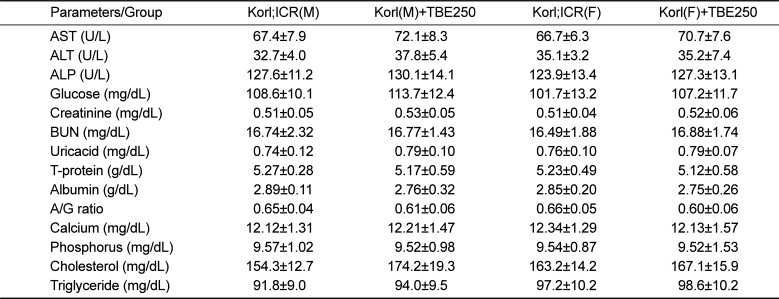
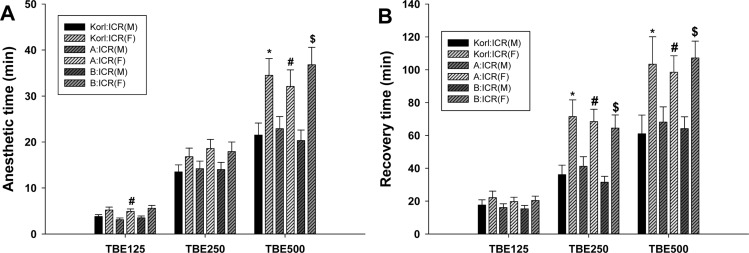
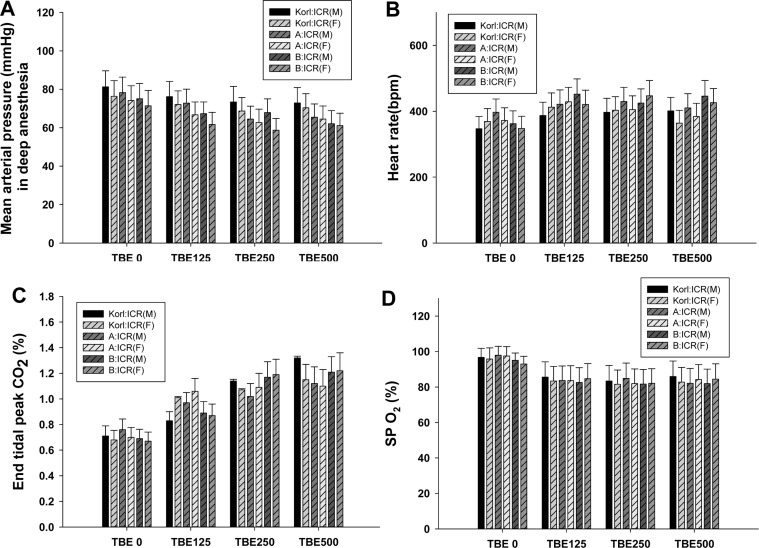
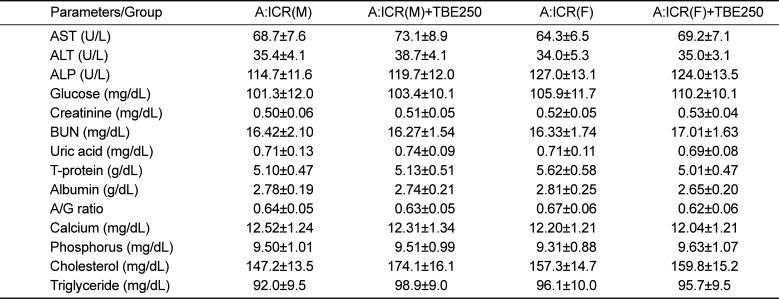
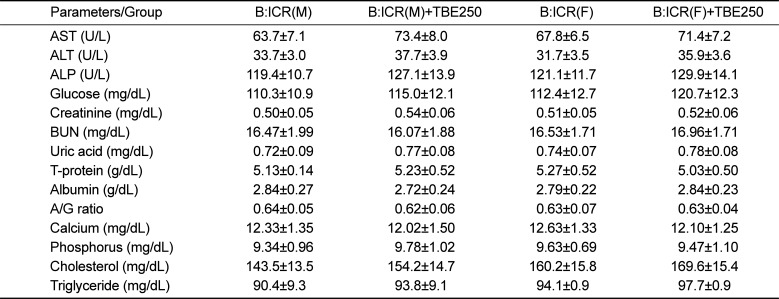




 PDF
PDF ePub
ePub Citation
Citation Print
Print


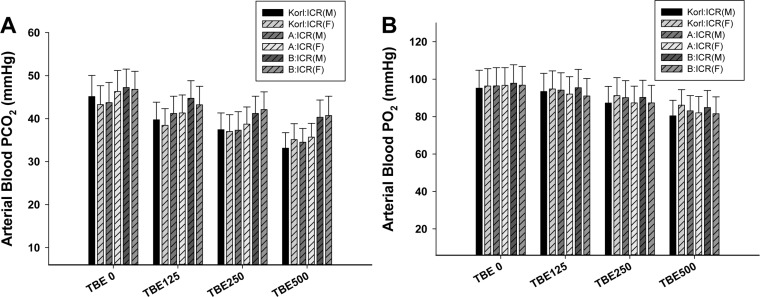
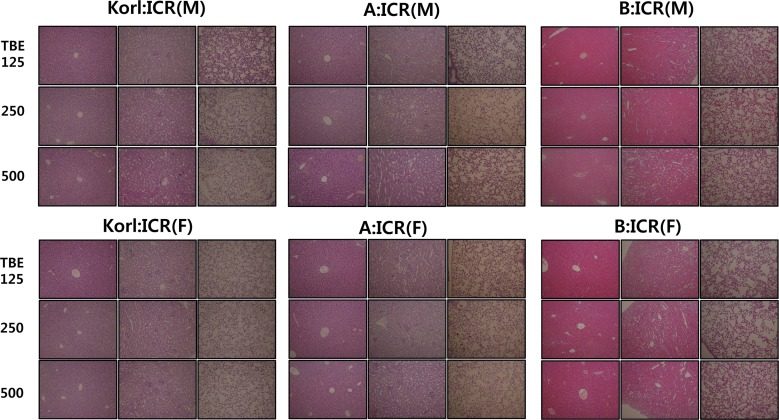
 XML Download
XML Download